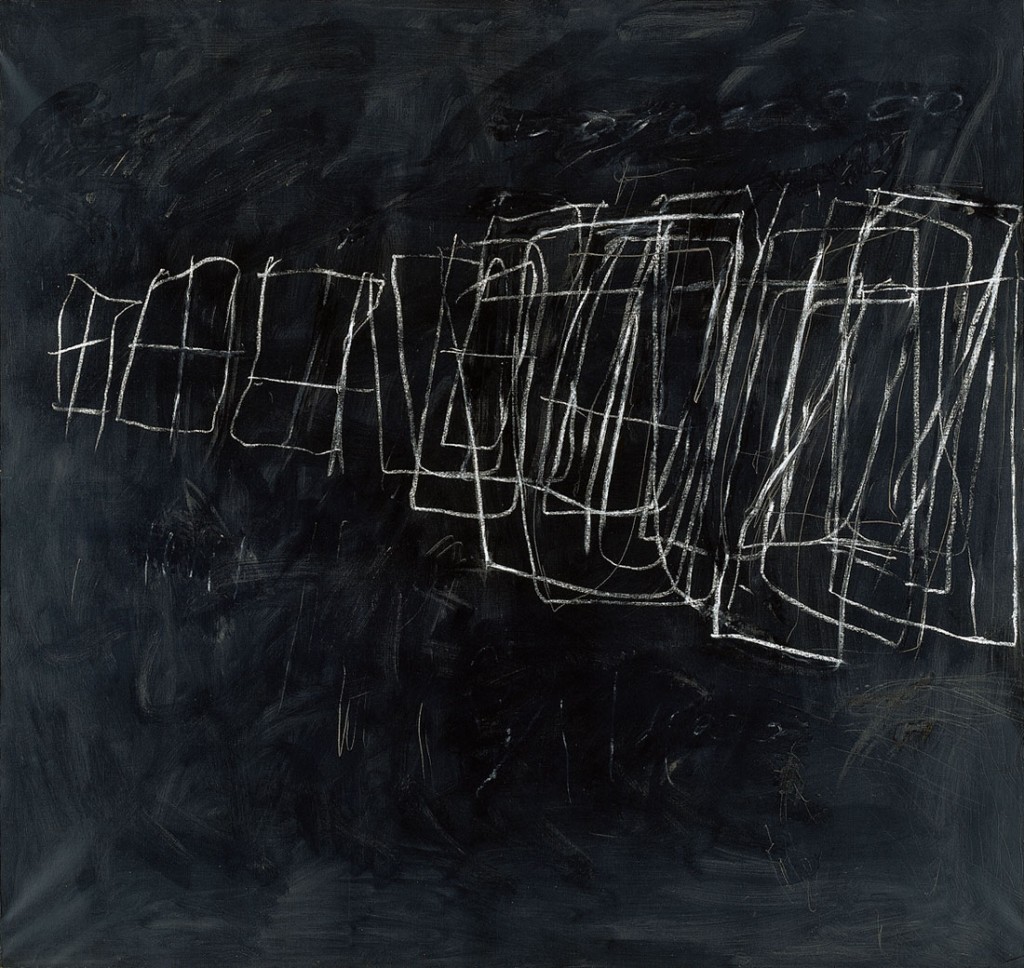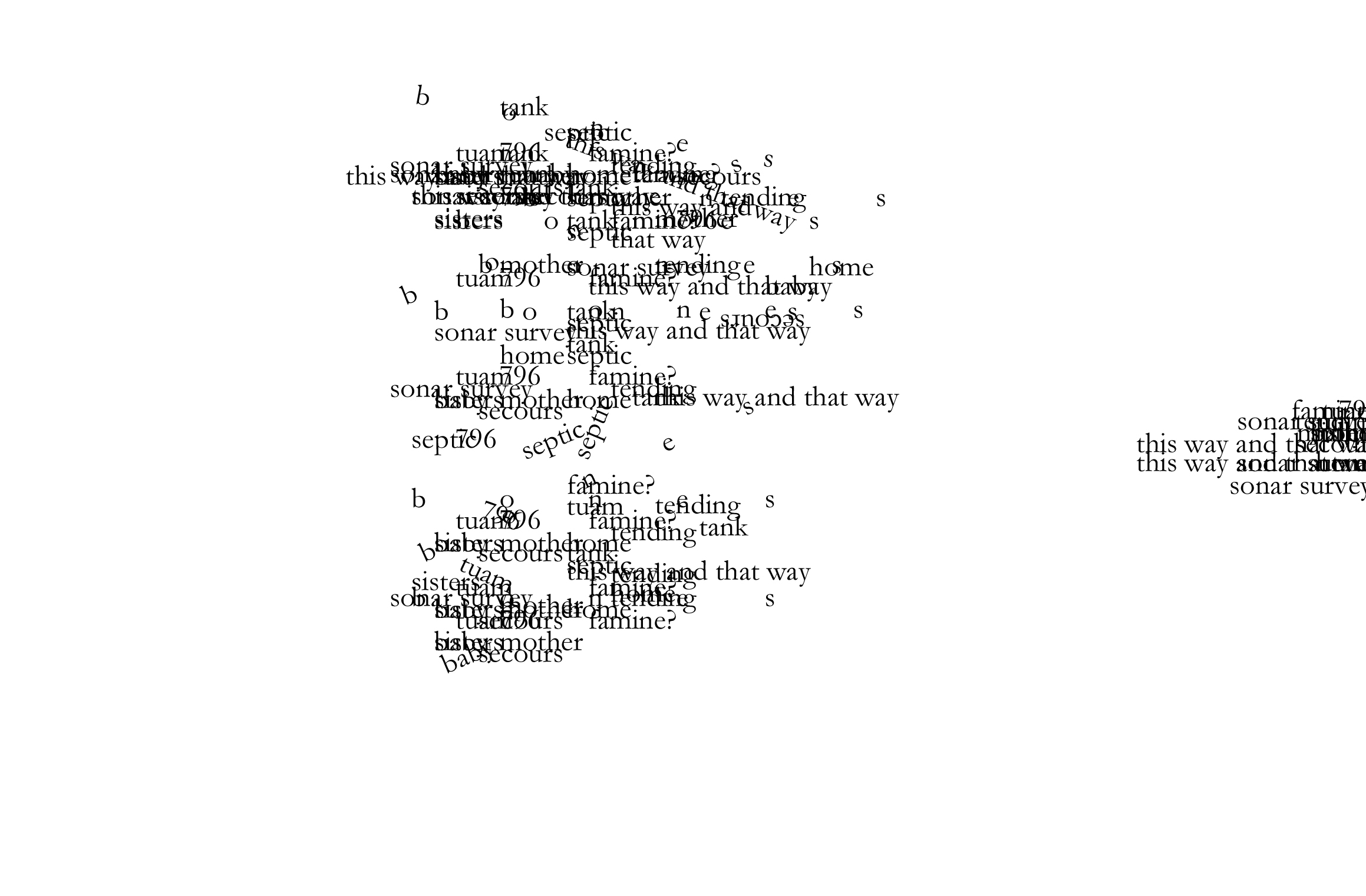How to Write Experimental Fiction in Five Easy Steps
By Christopher Higgs.
‘It is better to do nothing than to contribute to the invention of formal ways of rendering visible that which Empire already recognizes as existent.’
– Alain Badiou, Fifteen Theses on Contemporary Art
Step One: never render visible.
‘Clarity,’ Trinh T. Minh-Ha tells us, in her book Woman, Native, Other: Writing Postcoloniality and Feminism, ‘is a means of subjection, a quality both of official, taught language and of correct writing, two old mates of power: together they flow, together they flower, vertically, to impose an order.’
Order cannot be other than sickness.
Release limpid syntax. Abandon and forget all the workshop groupthink about plot unity character unity setting unity and theme unity of plot character setting theme character setting or theme or unity. Those elements are enemy combatants.





